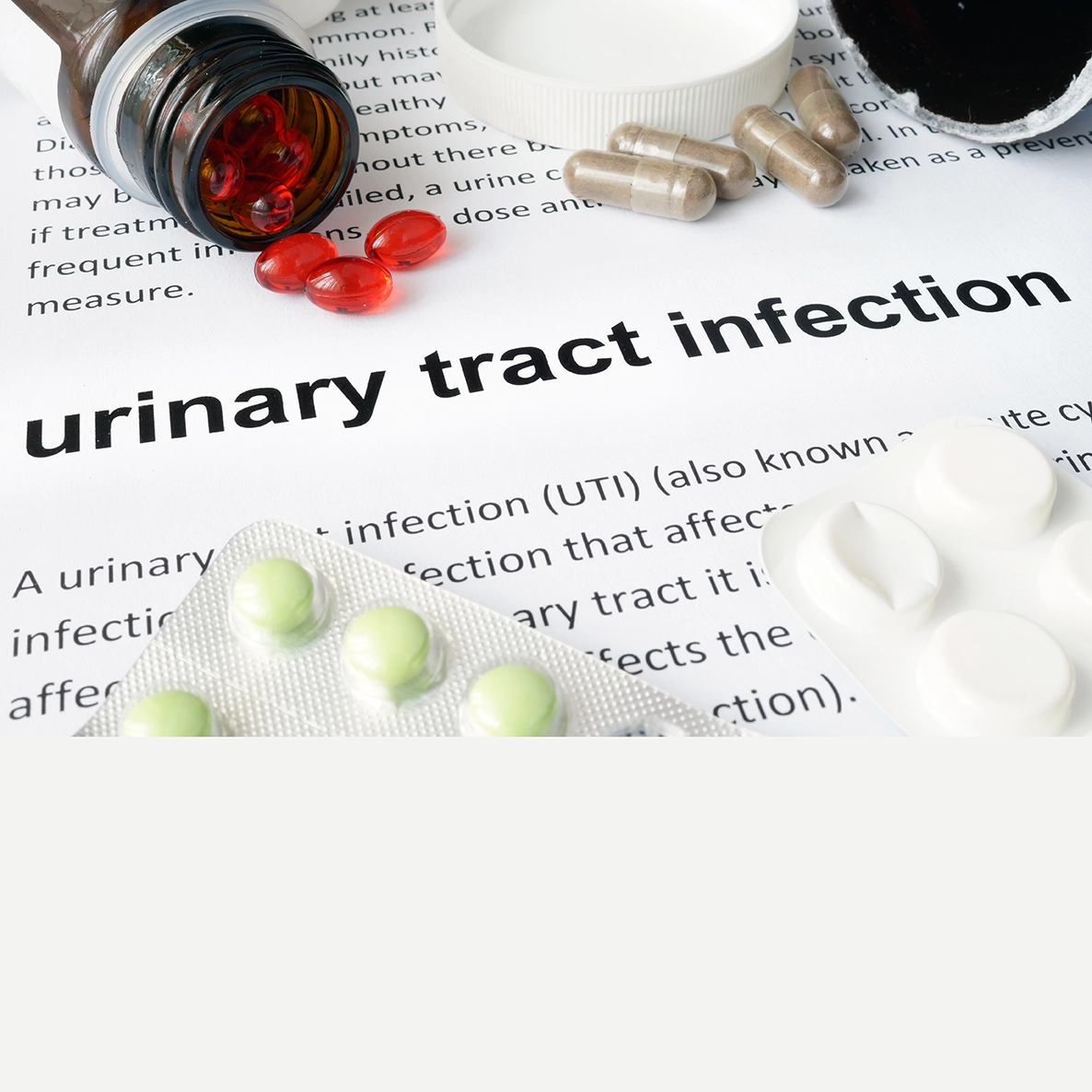Guidelines for the Management of Acute and Acute on Chronic Liver Failure in the ICU: Peri-transplant and GI Considerations by Rahul Nanchal
The session discussed guidelines on peri-transplant and gastrointestinal (GI) considerations. The guidelines employed the PICO format and involved systematic literature reviews, risk of bias assessments, meta-analytic techniques, and GRADE methodology to evaluate evidence and make recommendations. The focus then shifts to GI considerations, specifically recommending early endoscopy within 12 hours for critically ill patients with acute or chronic liver failure and portal hypertensive bleeding. Despite a lack of prospective data, a best practice statement recommends performing an endoscopy within 12 hours of presentation based on physiological considerations and the potential benefits of stopping bleeding. The second recommendation focused on the use of proton pump inhibitors (PPIs) in critically ill ACLF patients with portal hypertensive bleeding for acute and chronic liver failure patients. Despite low-quality evidence, PPI use is strongly recommended based on meta-analyses indicating a reduction in re-bleeding risk, with mortality impact not being as significant. The evidence was downgraded due to retrospective studies, non-standardized criteria, and a high risk of bias from non-standardized inclusion and treatment criteria. Extrapolation from non-variceal cohorts supported the strong recommendation.
The recommendations for portal hypertensive bleeding include the use of octreotide or somatostatin analogs in acute and chronic liver failure patients, backed by moderate-quality evidence suggesting a substantial reduction in mortality. Regarding recurrent variceal bleeding, a conditional recommendation with low-quality evidence suggests considering transjugular intrahepatic portosystemic shunt (TIPS) after medical and endoscopic interventions, emphasizing the need for appropriate screening and an experienced operator. For critically ill patients with acute-on-chronic liver failure (ACLF) and tense ascites, the recommendation is to perform large-volume paracentesis (LVP) while measuring intra-abdominal pressure. This is advised particularly in cases with intra-abdominal hypertension or compromised hemodynamic, renal, or respiratory function, as indicated by the Best Practice Statement.
Peri-transplant considerations include conditional recommendations for the administration of corticosteroids in deceased liver graft donors, supported by very low-quality evidence and a 5% absolute risk reduction in liver graft dysfunction from randomized controlled trials (RCTs) in brain-dead donors. For a preoperative fluid choice in liver transplant recipients, a conditional recommendation with low-quality evidence favors balanced or normal saline crystal solutions over hyperchloremic saline, citing potential benefits observed in critically ill patients. Intraoperative volume replacement is conditionally recommended to use albumin over crystalloid, supported by low-quality evidence and indirect evidence indicating potential benefits. For extracorporeal liver support in critically ill acute liver failure (ALF) or ACLF patients, a conditional recommendation with very low-quality evidence suggests considering extracorporeal liver support or standard medical therapy, leaving the decision to providers based on local factors and available resources. Insufficient evidence exists to issue recommendations on using the donor risk index in liver allografts, choice of intraoperative hemodynamic monitoring, peritransplant fluid restrictions with vasopressors, and early extubation in the perioperative period.
Neurologic Considerations in ALF and ACLF by Ram Subramanian
The recommendations for neurologic considerations in ALF and ACLF encompass various aspects. Firstly, it is suggested not to use invasive intracranial pressure monitoring for critically ill ALF patients with advanced hepatic encephalopathy. Plasma exchange with fresh frozen plasma is suggested for critically ill ALF patients with hyperammonemia (>150umol/L). High-dose continuous renal replacement therapy is acknowledged for hyperammonemia management in ALF. The increasing significance of high-dose continuous renal replacement therapy (CRRT) with a dialysate rate of 60-90 mL/kg/hr in addressing hyperammonemia and managing intracranial hypertension effectively. The use of hypertonic saline is suggested in such patients with risk factors, including ammonia levels > 150 μmol/L, high-grade hepatic encephalopathy (HE), and multi-organ system failure (MOSF). The recommendation is conditional and based on low-quality evidence, citing a single-centre randomized controlled trial (RCT) that demonstrated a reduction in ICP with a target serum sodium level of 145-155 mmol/L. Additionally, the recommendation suggests against routinely using induced moderate hypothermia (< 34°C) for ALF patients at risk of ICH, with the conditional recommendation based on very low-quality evidence. In the management of Hepatic Encephalopathy in ACLF, recommendations include the use of lactulose as a suggested treatment for critically ill ACLF patients with overt hepatic encephalopathy. Polyethylene glycol is also proposed as an alternative to lactulose in similar cases. Additionally, rifaximin is recommended as adjunctive therapy for critically ill ACLF patients with overt hepatic encephalopathy. These recommendations are conditional and based on low-quality evidence. Antibiotic prophylaxis is strongly recommended for upper gastrointestinal bleeding in critically ill ACLF patients, and albumin is strongly recommended for SBP management and broad-spectrum antibiotics. Large-volume paracentesis is not suggested for critically ill patients with SBP. Systemic antifungal prophylaxis is suggested for critically ill liver transplant patients with specific risk factors
SCCM/IDSA Guidelines for Evaluating New Fever in Adult Patients in the ICU by Naomi P. O'Grady
The SCCM/IDSA Guidelines for Evaluating New Fever in Adult Patients in the ICU, published in the Critical Care Medicine Journal in November 2023, offer updated recommendations for fever management. The GRADE methodology guidelines present 12 recommendations and nine best practice statements. Not all febrile episodes require aggressive investigation; a good history and physical examination determine the needed testing. A case of a 29-year-old male with sickle cell disease was presented to understand these guidelines. The patient presented to the NIH Clinical Center with complaints of chest pain and shortness of breath. The patient has a history of acute chest syndrome, and on admission, vital signs showed a blood pressure of 100/65, heart rate of 110, respiratory rate of 20, a temperature of 38.3, and oxygen saturation of 88% on a 44-liter nasal cannula. The patient was transferred to the ICU for analgesia, bronchodilators, empiric antibiotics, and transfusion. Regarding the treatment of fever, the speaker mentioned that antipyretic therapy with ibuprofen or acetaminophen may not offer significant benefits to patients in terms of mortality or shock reversal. However, there could be exceptions in hemodynamic instability or fever-triggered conditions. The workup for fever included a discussion on imaging studies, with chest radiographs recommended as a starting point. Bedside ultrasound and, in certain cases, CT scans were suggested based on clinical indications. Blood cultures, particularly from central venous catheters, were recommended with precautions against contamination. Pathogen testing was recommended for patients with suspected pneumonia or respiratory symptoms, acknowledging the potential for healthcare-associated viral transmission. The session emphasized the importance of detecting viruses in healthcare settings and suggested that new fevers in hospitalized patients may indicate viral infections. Pathogen testing, specifically biomarkers of inflammation like procalcitonin or C-reactive protein, is recommended in patients with a low probability of infection. Elevated biomarkers should prompt an aggressive search, while normal biomarkers suggest a quicker reduction in antibiotics. The need for advancements in various areas, including testing, temperature measurement, diagnostic imaging, and RCTs, is highlighted to address knowledge gaps in virus detection and improve patient care.
2024 Focused Update Guidelines on Use of Corticosteroids in Sepsis, Acute Respiratory Distress Syndrome, and Community-Acquired Pneumonia on Behalf of the CIRCI Guideline Panel by Dipayan Chaudhuri
A panel of experts developed the 2024 focused update guidelines on the use of corticosteroids in sepsis, ARDS, and community-acquired pneumonia (CAP). The guidelines were based on a modified Delphi methodology and an updated GRADE methodology, incorporating a rigorous evidence-based decision-making framework. The update focused specifically on sepsis, ARDS, and CAP due to new data emerging since the 2017 joint guideline by SCCM and ESICM. The recommendations for diagnosing and managing critical illness-related corticosteroid insufficiency (CIRCI) have evolved over the years. In 2008, the American College of Critical Care Medicine released a consensus statement with 12 recommendations based on a modified Delphi methodology. However, no clear PICOs (Population, Intervention, Comparison, Outcome) were established, and a general literature review was conducted. In 2017, a joint guideline from SECM and ESICM was released, updating the diagnosis and management of corticosteroid insufficiency-related critical illness. This guideline used a rigorous GRADE methodology with clearly defined PICOs, comprehensive systematic reviews, and a consistent framework for making recommendations. Since 2017, several significant trials have been conducted, particularly in septic shock, ARDS, and CAP. In 2024, a focused update was conducted, specifically addressing sepsis, ARDS, and CAP, considering the most common diagnoses for corticosteroid use with new data available.
For this update, a 22-member panel was established, including endocrinologists and critical care practitioners. Five PICO questions were formulated, addressing the use and dosages of corticosteroids in patients with sepsis, ARDS, and CAP. The panel ranked important outcomes and conducted systematic reviews, utilizing a more rigorous evidence-based decision-making framework. The evidence profiles were generated, presenting a summary of findings, including effect sizes and the certainty/quality of the evidence for each outcome. The guideline panel considered the quality of evidence and factors such as intervention costs, patient and healthcare provider values, risks and benefits, feasibility, and equity to formulate updated recommendations. Therefore, the 2024 update focuses on the specific conditions of sepsis, ARDS, and CAP, incorporating new evidence and a more robust methodology to guide the diagnosis and management of critical illness-related corticosteroid insufficiency.
Guidelines on Use of Corticosteroids in Sepsis, Acute Respiratory Distress Syndrome, and Community-Acquired Pneumonia: 2024 Focused Update by Stephen M. Pastores
The updated corticosteroid guidelines, as presented by Steve Pastorius from Sloan Kettering in New York City, reflect the recommendations of a 22-member panel task force. For patients with septic shock, the panel suggests administering corticosteroids, with a conditional recommendation based on low-certainty evidence. Importantly, the recommendation reinforces that high-dose, short-duration corticosteroids should not be used for patients with septic shock. The guidelines also recommend administering corticosteroids to adult hospitalized patients with ARDS and severe bacterial CAP, with varying levels of certainty evidence supporting these recommendations. Notably, the panel has shifted away from the 2017 guideline, no longer requiring specific vasopressor doses for corticosteroid administration in septic shock.
The new recommendation is to initiate corticosteroids without requiring a specific vasopressor dose, providing a strong recommendation against short-duration, high-dose corticosteroids. The rationale is based on the analysis of literature primarily focused on septic shock patients, demonstrating a slight reduction in short-term mortality, a significant reversal of septic shock, and organ dysfunction. Despite known side effects like hyperglycemia, hypernatremia, and neuromuscular weakness, the simplicity and feasibility of the regimen led to the recommendation for corticosteroid use in septic shock patients. For patients with sepsis without shock, no specific recommendation was made, but in cases of sepsis with severe CAP or ARDS, the suggestion is to administer corticosteroids. The recommendations for pediatric patients with septic shock were limited due to the scarcity of available studies, but the suggested dosage was based on the hydrocortisone regimen from large trials conducted in 2018.
In the context of ARDS, the recommendation is to use corticosteroids in adult patients, with a departure from the previous specification for early to moderate ARDS. The updated guideline suggests initiating corticosteroids as early as possible in ARDS patients meeting the Berlin criteria unless contraindicated. The recommendation is supported by moderate certainty evidence showing reduced hospital mortality, especially with a longer duration of corticosteroid use. However, specific details regarding the molecule type, timing, and duration are left to the clinician's discretion. For adult hospitalized patients with severe bacterial CAP, there is now a strong recommendation to administer corticosteroids, replacing the previous conditional recommendation. The change is based on a stronger signal for benefits regarding reduced short-term hospital mortality and decreased need for mechanical ventilation, particularly in severe cases. However, no recommendation was made for pediatric patients or those with less severe CAP due to insufficient evidence.
Society of Critical Care Medicine’s Critical Care Congress (SCCM 2024), Phoenix, Arizona, USA, Jan 21-23, 2024




